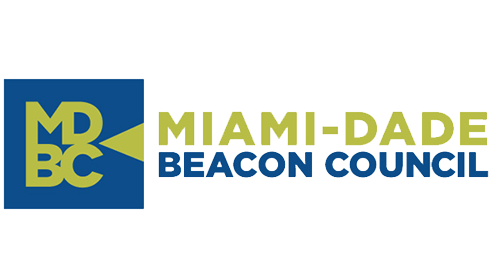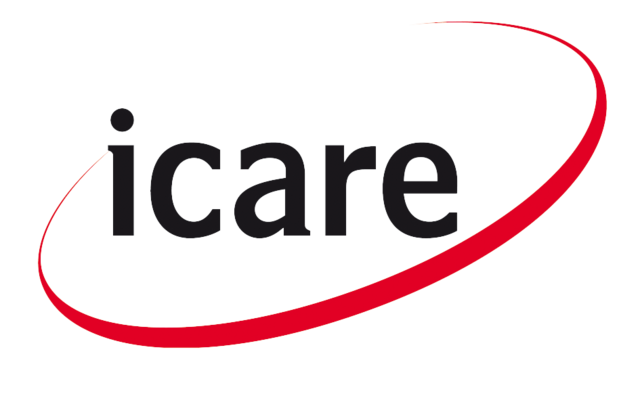
This article first appeared in El Mercurio Legal on April 28, 2021.
A couple of weeks ago we witnessed the judicial resolution of the Corpesca case. Finally, we were able to know the decision of the court that convicted the legal entity for the crime of bribery and sanctioned it with a fine of 10 thousand UTM and the publication of an extract of the sentence in a newspaper of national circulation.
From this resolution, we have new lights about how the Public Prosecutor’s Office and the Courts of Justice have evaluated the implementation and importance of the Compliance Programs. Thus, for example, we now know that it is not enough to have one on paper and that issues such as timely training, the formal designation and autonomy of the compliance officer, and, especially, the supervision of Senior Management on anti-corruption matters, are fundamental and will be weighed when testing Compliance Programs.
However, we cannot stop with this, we need more information and, therefore, it is important to look outside and understand what is happening in countries that are benchmarks in anti-corruption issues.
If we analyze U.S. norms, institutions, and jurisprudence, we will find very useful information. The U.S. Department of Justice (DOJ) has a guide on the evaluation of compliance programs, which establishes how companies’ compliance programs will be evaluated in the face of investigations for violations of anti-corruption regulations. In this regard, issues such as the methodology for risk analysis, periodic review of the program, employee training, anonymous reporting mechanisms, and Board training, are part of the elements that the U.S. authority is reviewing when evaluating these programs in companies.
It is also essential that we also study the sentences and agreements reached by organizations that have committed misconduct and have been sanctioned for the conduct and actions of their subsidiaries in Latin America, in countries such as Brazil, Colombia, Argentina, and Chile.
In this context, it is worth noting that among the controls that failed in these companies, and that have been identified by the authority, we find inadequate accounting policies, procedures, and controls, lack of Due Diligence in the hiring of external collaborators, lack of monitoring in the payment processes; absence of regulation on gifts, travel, and donations; absence of controls on meetings and/or relations with public officials, and lack of monitoring of the parent company regarding the activities and internal policies of its subsidiaries, among others.
Therefore, among the remediation measures ordered by the authority, we find the obligation to ensure that both directors and management provide support and commitment to anti-corruption policies, that protocols applicable to employees and external parties are designed to address issues such as gifts, travel, political contributions, donations, and sponsorships, that periodic training is carried out for the most exposed employees, that a whistleblower channel is established, and that constant monitoring and testing of the compliance program is carried out. Also, as has occurred in certain cases, the appointment of an independent supervisor is ordered to oversee compliance with the aforementioned measures.
Therefore, it is of utmost importance that we pay attention to this information since it contains the guidelines for a good compliance program, the identification of the controls that failed, and, in addition, the sanctions ordered by the authority to the offending companies.
The above shows us that we can not only stay with our internal experience, but we have to look outside, where we will find many of the answers we need in terms of compliance and which are an excellent guide to apply in our country.
Finally, and by way of reflection, it is fair to say that we are not doing things so badly. Many of those guidelines and controls that have failed are already being considered for years by companies that have taken compliance seriously.
By Ramón Montero
Fuente: El Mercurio Legal











